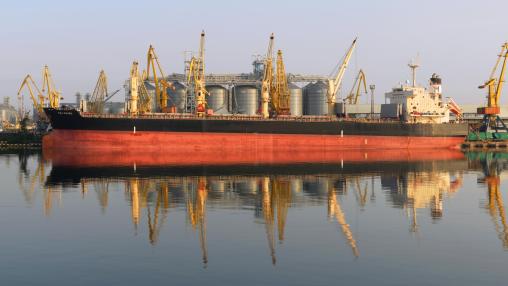
Concerns over Black Sea Grain Initiative and the Impact on Food Prices: FAO Food Price Index and AMIS Market Monitor Released
The October FAO Food Price Index remained largely unchanged from September, with rising cereal prices balanced by declines in the other commodity groups. The overall Food Price Index has fallen by almost 15 percent from March 2022 but remains 2 percent above its October 2021 levels.

Suspension of the Black Sea Grain Initiative: What has the deal achieved, and what happens now?
Russia’s October 29 announcement that it was suspending its participation in the Black Sea Grain Initiative—which allows shipments out of Ukrainian ports—was not a surprise; Russia had been skeptical of the deal since the start. But now the supply disruptions will begin again: the move will have a negative impact on Ukraine, its customers, on world market prices—and global food security, particularly for countries in the Middle East and North Africa (MENA) region.
Globalization and food security: What could 20 years of IFPRI research teach us?
2022 has been marked by another global food price crisis, the third in 20 years. As food systems have become more interconnected, the debate around globalization and food security has reemerged. Are we too interconnected? Are multilateral institutions the only way to tackle global challenges that require collective action, or is that belief fading?
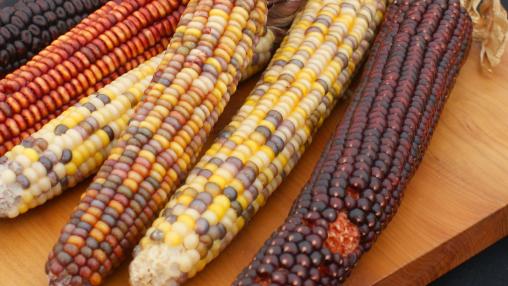
FAO Food Price Index Declines in September, But High Food Prices Remain a Concern
The latest FAO Food Price Index reports that global food prices fell by 1.5 percent in September. However, the Index remains 5.5 higher than its September 2021 level. The decline from August was driven by significant drops in vegetable oil prices and more moderate drops in sugar, meat, and dairy products; cereal prices rose in September.
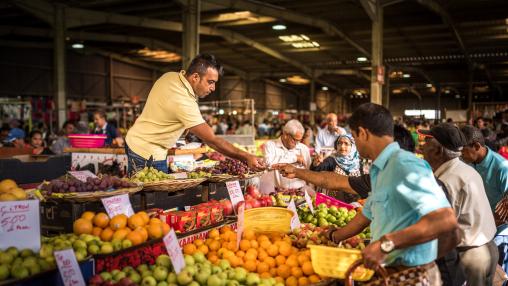
No end in sight yet for the global food price crisis
After the sharp rise in international prices of wheat and other staple foods in the wake of Russia’s February invasion of Ukraine, since May prices have fallen back to pre-war levels. Has the global food price crisis now come to an end? Unfortunately, such a conclusion is premature. Domestic food prices for consumers continue to rise in most countries. Meanwhile, ongoing uncertainties—not the least of which is the continuing war—augur for continued turmoil in global food markets.
2022 Africa Agriculture Trade Monitor (AATM)
Africa’s agricultural trade capacity and policy are increasingly important as global volatility in agriculture and fertilizer markets is increasing risks for many importing and exporting countries. The 2022 edition of the Africa Agriculture Trade Monitor 2022 (AATM), a flagship of IFPRI and AKADEMIYA2063, analyzes short- and long-term trends and drivers of African agricultural trade flows, including regional policies and the role of global markets.
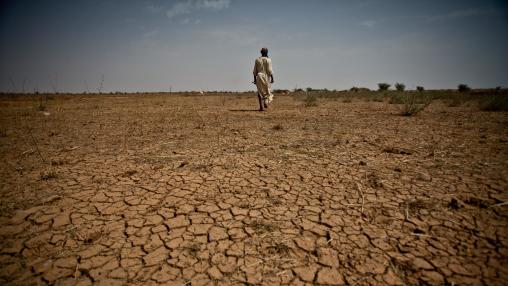
More than 205 Million People Facing Acute Food Insecurity: GRFC Mid Year Update Released
For the fourth consecutive year, global acute food insecurity rose in 2022. As many as 205.1 million people across 45 countries and territories are in IPC Phase 3 (Crisis) or higher food insecurity as of September 2022, according to the Global Report on Food Crisis Mid-Year Update. That represents an increase of 29.5 million people from 2021.

The Russia-Ukraine grain agreement: What is at stake?
On July 22, Ukraine and Russia reached an agreement to allow exports of grain and other agricultural products to resume from selected Ukraine Black Sea ports after months of Russian blockade. The agreement comes at a time when storage capacity is reaching its limits, with the much of the 2022 wheat harvest and the approximately 20 million metric tons of grains and oilseeds harvested in 2021 remaining in storage—unable to ship because of the blockade.

The FAO Food Price Index Continues to Decline
Marking the third consecutive monthly decline, the FAO Food Price Index fell 2.3 percent in June 2022 from the previous month, driven by declines in vegetable oils, sugar, and cereal prices while meat and dairy prices rose. Despite this continued decline, the index is still 23.1 percent above June 2021 levels.
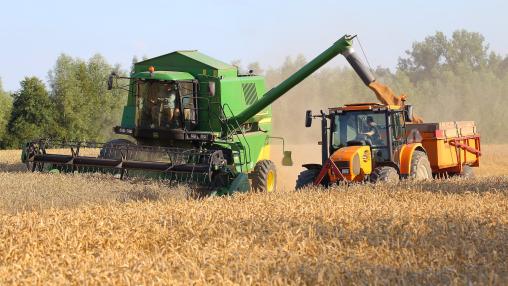
FAO Food Price Index experienced a slight decline following recent highs
In May, the FAO Food Price Index declined by 0.6 percent from the previous month, driven by the drop in vegetable oils, sugar and dairy prices, while meat and cereal prices rose. The Index is still 22.8 percent above May 2021 levels.